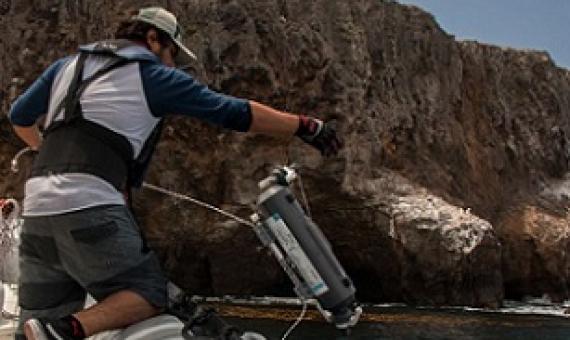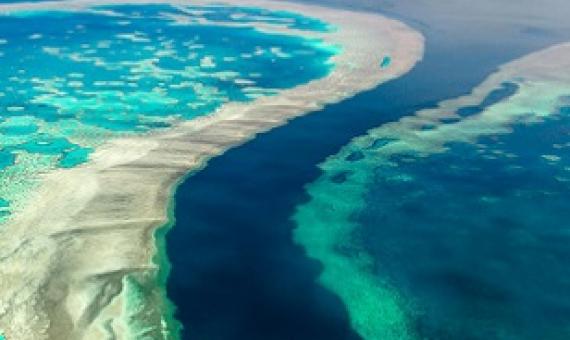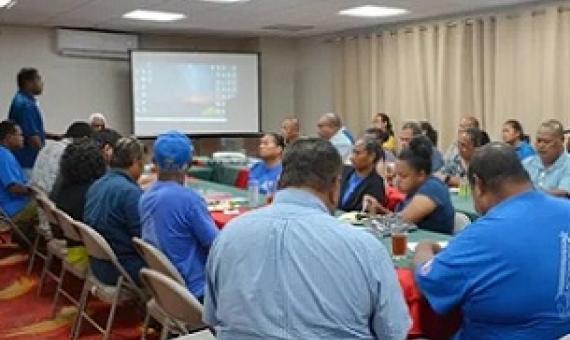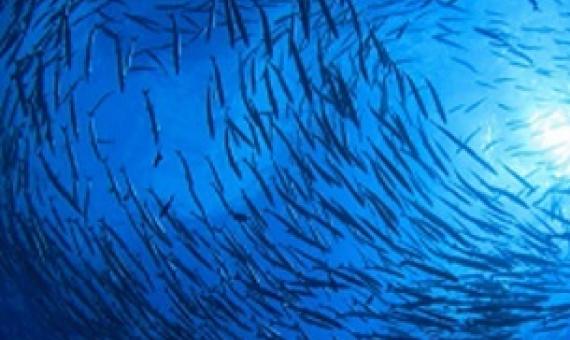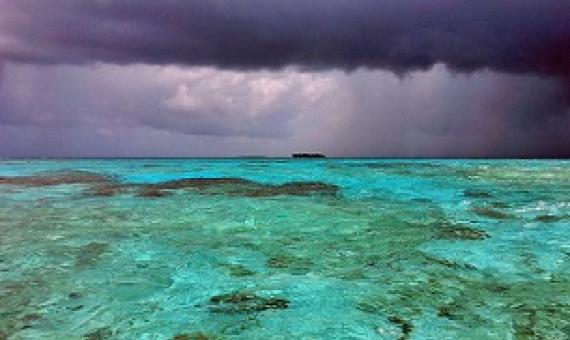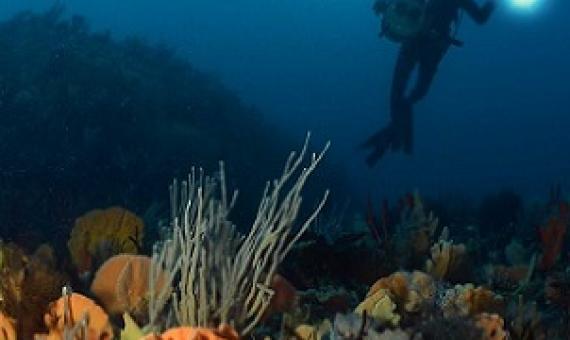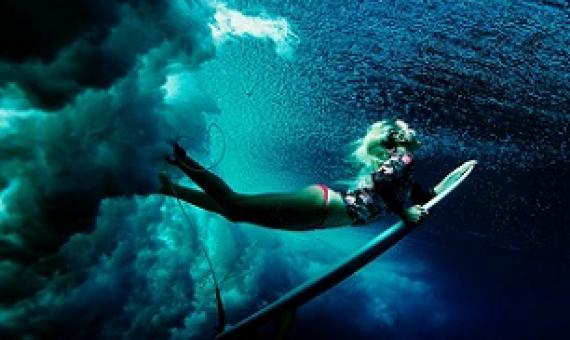Advancing Sustainable Development and Protected Area Management with Social Media‐Based Tourism Data
Sustainable tourism involves increasingly attracting visitors while preserving the natural capital of a destination for future generations. To foster tourism while protecting sensitive environ‐ ments, coastal managers, tourism operators, and other decision‐makers benefit from information about where tourists go and which aspects of the natural and built environment draw them to particular locations. Yet this information is often lacking at management‐relevant scales and in remote places. We tested and applied methods using social media as data on tourism in The Bahamas.

